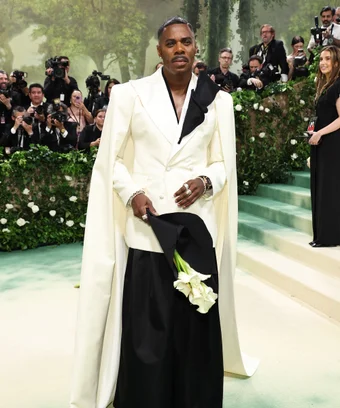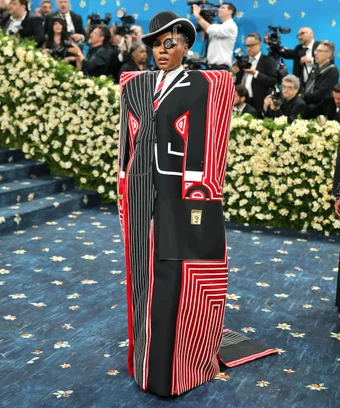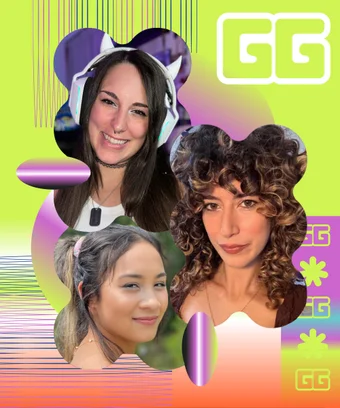The first Monday of May is fashion’s most iconic night, and this year, the Met Gala is not just making a statement—it’s rewriting history. On May 5, 2025, the Metropolitan Museum of Art’s Costume Institute Gala unveils its latest theme: “Superfine: Tailoring Black Style.” A vibrant celebration of Black dandyism, the theme honors the tradition of sharp tailoring, expressive flair, and cultural reclamation, making this year’s event both timely and powerful.
What is Black Dandyism, Really?
To the uninitiated, Black dandyism might conjure up images of impeccably cut suits, flamboyant accessories, and an air of sartorial finesse. But this style movement is far more layered than appearances suggest. At its core, it’s about reclaiming identity, commanding space, and rewriting narratives.
Originating during the colonial era, dandyism began as a Eurocentric concept. In the 18th century, enslaved Black people were grotesquely objectified and styled in lavish clothing by their enslavers as “luxury slaves”—living symbols of wealth and status. Yet from this dehumanizing history emerged a fierce reclamation. Over time, Black individuals took that very image and flipped the narrative, using fashion as an armor of resistance, dignity, and self-expression.
Figures like Booker T. Washington and W.E.B. DuBois utilized fashion to project power and intellect in the face of racial adversity. By the Harlem Renaissance, icons like Zora Neale Hurston, James Baldwin, and Langston Hughes had turned dandyism into a cultural movement, pushing against conformity with every elegant line and bold accessory.
As fashion historian Darnell-Jamal Lisby explains, Black style has always been more than aesthetic—it’s a form of communication, a declaration of agency. “Black dandyism…carves out identity—at times rejecting Eurocentric ideals and at others existing within or alongside them,” he says.
Modern Day Dandies: Icons of Today
While the historical roots run deep, Black dandyism has evolved, intersecting with streetwear, haute couture, and everything in between. This year’s Met Gala co-chairs—Colman Domingo, A$AP Rocky, Lewis Hamilton, and Pharrell Williams—epitomize modern Black elegance. Their styles range from experimental to classic, but all are united by intention, confidence, and a clear understanding of what their clothing says before they even speak.
Beyond them, artists like Janelle Monáe, Ayo Edebiri, and Jidenna bring the dandy spirit into red carpets and music videos. Monáe’s sleek, gender-bending tuxedos and Edebiri’s fashion-forward ensembles (often designed by Thom Browne) show how dandyism is fluid, expansive, and endlessly adaptable.
Hip-hop legends André 3000 and Big Boi, along with Pharrell, have reshaped dandyism from the lens of Black music and rebellion, paving the way for younger artists like Tyler, the Creator to claim their own fashionable freedom. And towering over them all, the memory of the late André Leon Talley—the first Black male creative director at Vogue—remains an enduring symbol of style, intellect, and presence.
Why This Year’s Theme Matters
This year’s Met Gala marks a series of historic firsts. For the first time, all the event’s co-chairs are Black men. It’s also the Costume Institute’s first menswear-focused exhibition in over two decades. But beyond the headline milestones, the true importance lies in the story being told.
The exhibit, opening to the public on May 10 and running through October 26, will trace Black dandyism’s evolution—from the shackles of slavery to the runways of Paris. Featuring designs by trailblazers like Virgil Abloh and Grace Wales Bonner, it will span drawing rooms, club scenes, lecture halls, and everything in between.
Curated by Andrew Bolton and inspired by Monica L. Miller’s seminal work, Slaves to Fashion: Black Dandyism and the Styling of Black Diasporic Identity, the exhibition positions fashion as both art and activism. As Miller puts it, “Dandyism can seem frivolous, but it often poses a challenge to or a transcendence of social and cultural hierarchies… [It] explores identity, representation, and mobility in relation to race, class, gender, sexuality, and power.”
In an era when diversity, equity, and inclusion initiatives face increasing political backlash, the Met’s theme feels not just celebratory, but defiant—a reclaiming of space in an industry that hasn’t always welcomed Black voices.
A Cautious Optimism
Still, not everyone is approaching the gala with pure excitement. Some observers have expressed concern about how non-Black attendees will interpret the theme. Fashion has long wrestled with the thin line between cultural appreciation and cultural appropriation. Social media users have voiced unease that the evening could veer into tone-deaf territory if certain attendees fail to grasp the depth of the theme.
With a dress code playfully titled “Tailored for You,” the hope is that guests will dress with reverence, awareness, and a deep respect for the culture being honored. The fear, of course, is that without this understanding, some might miss the mark in deeply problematic ways.
There’s also the ongoing conversation around inclusion behind the scenes. Some fans have questioned the lack of invitations for key figures in Black fashion—like the legendary June Ambrose—highlighting that true recognition must extend beyond the red carpet and into the decision-making rooms.
A Night to Remember
All eyes will be on the Met this Monday evening, and with good reason. Whether tuning in via Vogue’s YouTube channel, E!, or Peacock, viewers will witness a tribute to a culture that has shaped global fashion for centuries—even when the world refused to give it credit.
More than just an exhibition or a theme, “Superfine: Tailoring Black Style” is a declaration. It’s a nod to the past, a celebration of the present, and a push for a more inclusive future. In a world where fashion often struggles to strike the right balance between inspiration and respect, this year’s Met Gala offers a rare opportunity to get it right.
Let’s hope the fashion world is ready to show up—and show out—with the elegance, nuance, and love that Black dandyism deserves.




